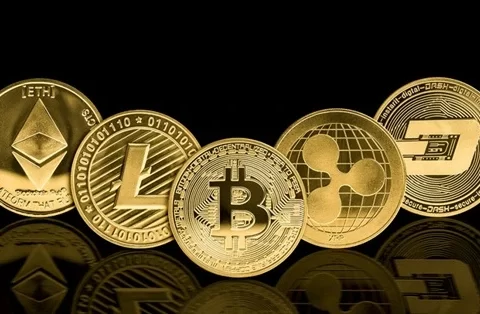
In the cryptocurrency world, the terms “XRP” and “Ripple” are often used interchangeably, leading to confusion about their distinct roles and relationships. Understanding the difference between XRP and Ripple is crucial for grasping their respective functions and contributions to the financial technology sector. This article clarifies the relationship between XRP and Ripple, explaining what each represents and how they interact.
What is Ripple?
Ripple is a technology company founded in 2012 that focuses on developing solutions for global payments and financial transactions. Its primary goal is to enhance the efficiency and speed of cross-border payments, making international transactions faster and more cost-effective. Ripple offers several products and technologies designed to integrate with existing financial systems, including:
- RippleNet: A decentralized network of banks and financial institutions that use Ripple’s technology to facilitate and settle transactions in various currencies. RippleNet aims to streamline cross-border payments by providing a unified platform for different financial entities to connect and transact.
- Ripple’s Payment Protocol: A protocol designed to enable secure and instant payments across borders. It uses distributed ledger technology to facilitate the transfer of funds between different currencies and financial institutions.
- Ripple’s Solutions for Banks: Ripple provides various tools and services to banks and financial institutions, helping them improve their payment processes and reduce operational costs.
What is XRP?
XRP is a digital asset created by Ripple Labs, designed to facilitate transactions within the Ripple network. It serves as a bridge currency, enabling efficient conversions between different fiat currencies and providing liquidity to the Ripple ecosystem. Key features of XRP include:
- Bridge Currency: XRP acts as an intermediary currency that enables smooth and quick exchanges between different currencies. This function helps reduce the complexity and costs associated with cross-border transactions.
- Decentralized Ledger: XRP operates on the XRP Ledger (XRPL), a decentralized blockchain-like system that records all transactions and maintains the integrity of the Ripple network.
- Speed and Cost Efficiency: XRP transactions are processed in approximately 3-5 seconds, making it one of the fastest digital assets in the market. Additionally, transaction fees on the XRP network are minimal, contributing to cost-effective transfers.
The Relationship Between XRP and Ripple
- Ripple as the Company, XRP as the Asset
Ripple is the technology company behind the development and promotion of XRP, the digital asset. While Ripple focuses on creating and maintaining the infrastructure and technology for global payments, XRP is the digital asset that operates within this framework. Ripple uses XRP to enhance the functionality of its payment solutions, but XRP itself is a separate entity from the company.
- Ripple’s Use of XRP
Ripple integrates XRP into its products and services to facilitate cross-border payments and liquidity provision. By using XRP, Ripple aims to offer a more efficient and cost-effective solution for international transactions. XRP’s role within the Ripple network is to serve as a bridge currency that simplifies currency conversions and improves liquidity.
- XRP and RippleNet
XRP plays a crucial role in RippleNet, the network of financial institutions and payment providers that use Ripple’s technology. While RippleNet can operate without XRP, the digital asset enhances the network’s capabilities by providing liquidity and enabling faster, more cost-effective transactions.
- Regulatory and Legal Considerations
Ripple, as a company, has faced regulatory scrutiny, particularly from the U.S. Securities and Exchange Commission (SEC). The legal challenges have focused on the classification and use of XRP, impacting its market perception and adoption. It is essential to differentiate between Ripple’s legal status and XRP’s role as a digital asset when discussing regulatory issues.
Conclusion
Understanding the distinction between XRP and Ripple is crucial for grasping their respective roles in the financial technology sector. Ripple is the technology company that develops payment solutions and integrates XRP into its network, while XRP is the digital asset designed to facilitate cross-border transactions and liquidity. The relationship between Ripple and XRP highlights the synergy between technology and digital assets in improving global payments. By clarifying these roles, users and investors can better appreciate the contributions of both Ripple and XRP to the cryptocurrency and financial sectors.











